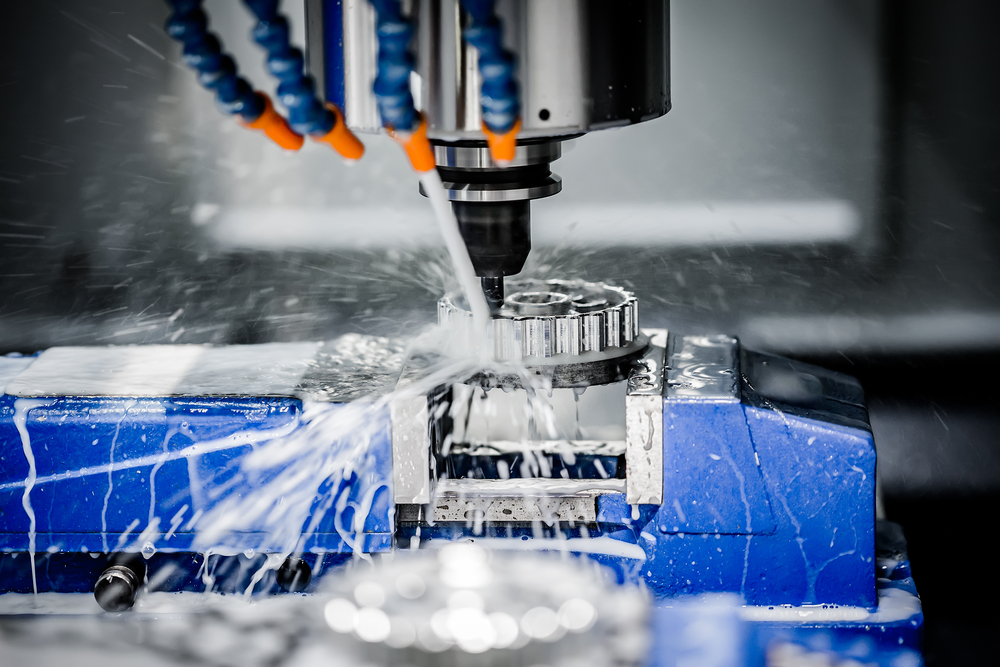Many experts believe that CNC Machines are the best tools for woodworking. CNC Machine is among the most effective tools one has, whether performing woodworking or any other kind of work. It is a tool that can be used for a variety of tasks that makes life simpler for those who use it.
CNC actually means computer numerical control. It is a machine that functions with an electronic device that is able to read an identifier code, known as G-Code to produce certain components. This computer does the work by cutting away materials that the code tells it to cut. The machine is governed by certain parameters it operates within, and these are set by a computer program. One can get more insights through ogis.com.au/metal-services/cnc-machining on CNC machining.

Before CNC machines existed, it was possible to use NC machines, which means numerically controlled. The issue with them was that you couldn't alter the parameters they worked within. As the demand for CNC machines increased, the CNC became popular, however, they utilized the older NC type hardware.
As time went on, the programs became sophisticated and utilized punched tape to transmit the codes to the machine, until it was eventually upgraded to the system that is used today. CNC machines have been instrumental in transforming the production industry.
CNC machines could produce straight lines, curves, or intricate structures in 3-D with no human involvement. In reality, the machining processes needed for humans could be reduced to just the smallest of steps. As the machines continued to improve, and automation started to be introduced into the manufacturing processes and assembling, the CNC machine continued to improve and reduced the frequency of error while enhancing the quality.